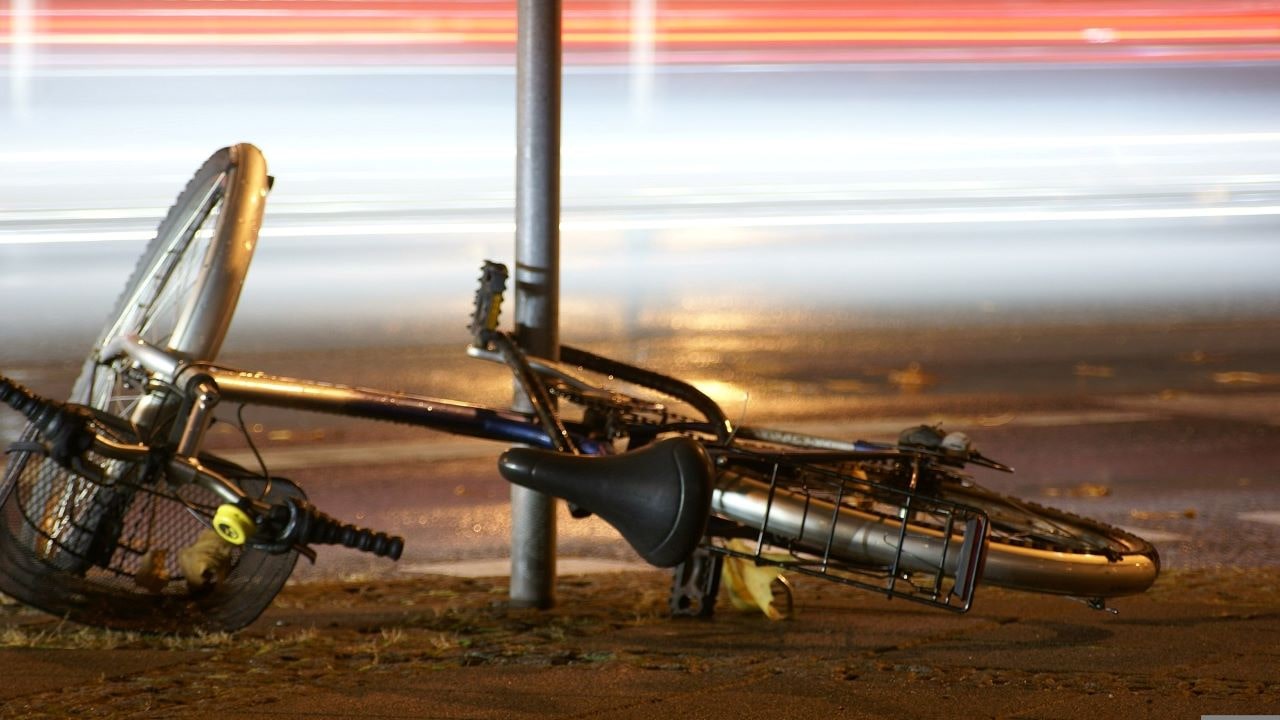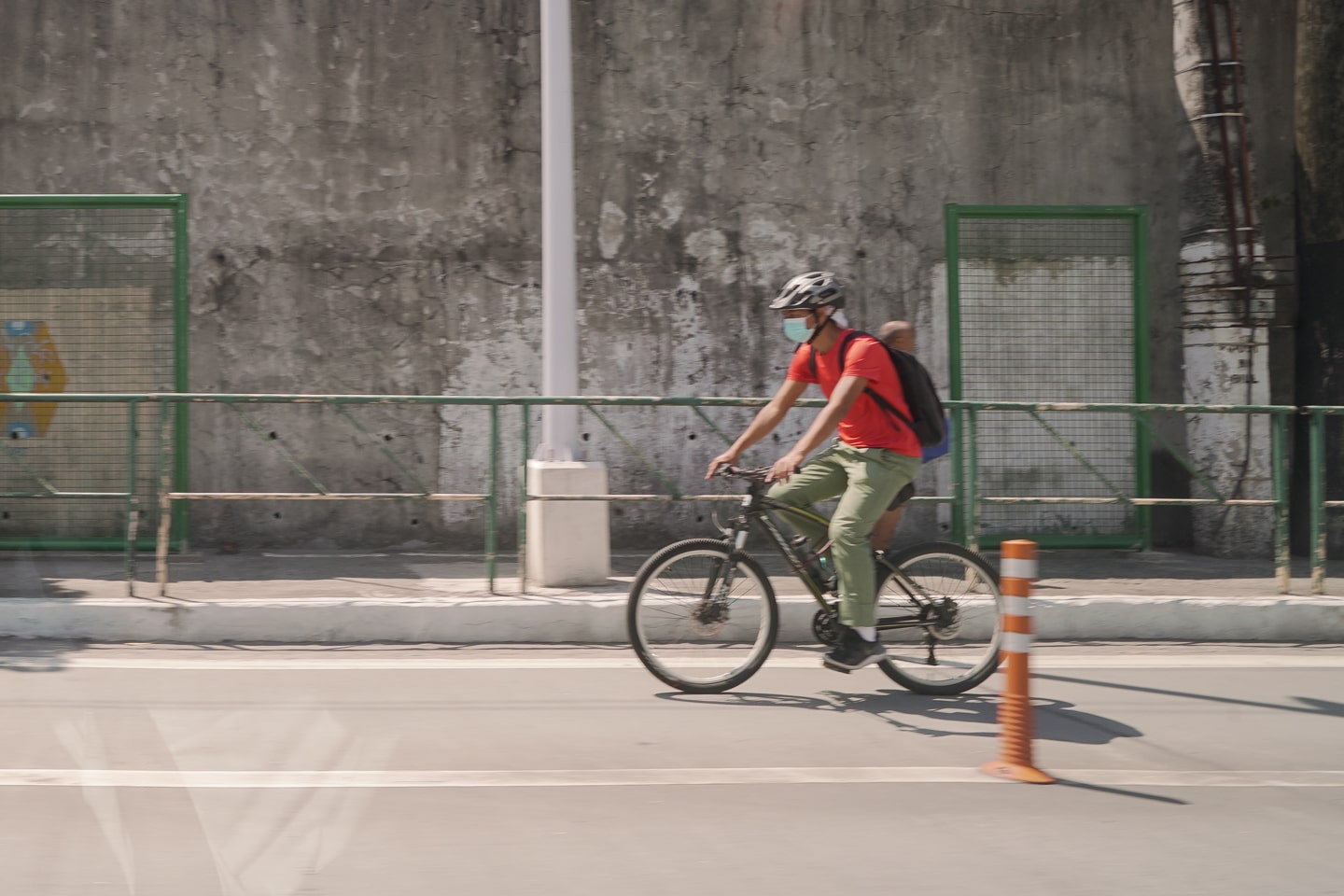
Active transport has continuously been promoted post-pandemic, and the exclusive bike lanes are but one of the many methods being advocated. It’s common knowledge that a lot of motor-vehicle owners do not pay heed to these lanes and that many bikers still figure in accidents that can easily prove fatal.
It is in this light that the Inter-Agency Technical Working Group on Active Transport (IATWG-AT) continues urging LGUs to keep promoting active transport and more importantly adhere to five new policies to maintain the exclusivity of bike lanes.
Bike lanes for bicycles, all motorized vehicles stay off

Photo: DOTr
Various LGUs have already put bike lanes in place, but the problem that remains is how motorized vehicles recklessly – and quite selfishly – encroach into the said lanes meant for bicyclists. The IATWG-AT, composed of the Department of Health, Department of Transportation, Department of Interior and Local Government, Department of Public Works and Highways, National Economic Development Authority, the UP National Center for Transportation Studies, and the Move As One Coalition, continues its call to maintain the proper design, function, and utilization of the exclusive bike lanes.

Deemed urgent, the protection of these vulnerable road users and their inherent right to the road must continue to be prioritized through the following national policies:
- The National Transport Policy, to which LGUs and national agencies should accord the highest priority to the development of proper pedestrian walkways and networks of bicycle lanes that will encourage active transport and provide safe and direct access to priority destinations.
-
Joint Administrative Order No. 2020-0001 issued by the DOH, DOTr, DILG and DPWH, states that “motorized transport shall not be allowed to ride or park in bicycle lanes to ensure the safety of bicycle lane users”.
-
DILG Memorandum Circular 2020-100 which defines “Cycling Lane” as “road, streets, or pathways where motorized transport is not allowed to ensure safety of bicycle users or those using light mobility transport vehicles”;
-
DOH Local Health System Health Promotion Playbook: Active Transport, which includes a template policy that creates road lanes exclusive for active transport users.
-
Guidelines and design standards prescribed by the DOTr and DPWH, per DOTr Department Order No. 2020-014, DPWH Department Order No. 263, series of 2022

As we can see, the list is as straightforward as it gets. Data from the Metro Manila Accident Reporting and Analysis System (MMARAS) shows that the likelihood of casualties during crash incidents between bicycles and motor vehicles is high, with 80% likelihood resulting from crashes between low-speed and unprotected bicycles and higher speed, heavier and bulkier motorcycles. The danger is very real even for those who properly use the bike lanes when traveling.
Given this list of national policies, what remains now are the continued (re)enforcement and dissemination of this information. That’s why we bring this article to you, our dear readers. Let’s do our part and share this particular piece with friends and family. Whether we “padyak” or have the benefit of riding motorized vehicles, everyone’s safety must always remain paramount.
So go ahead. Sharing is caring, indeed.




